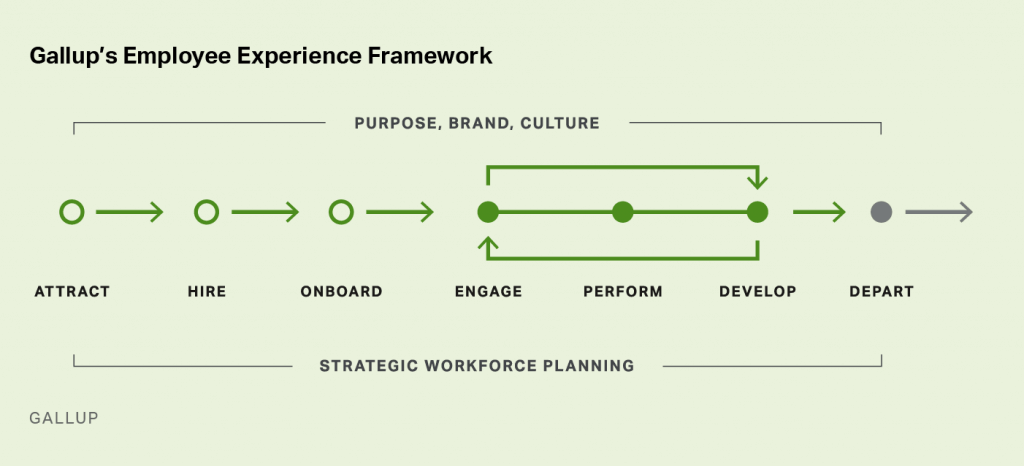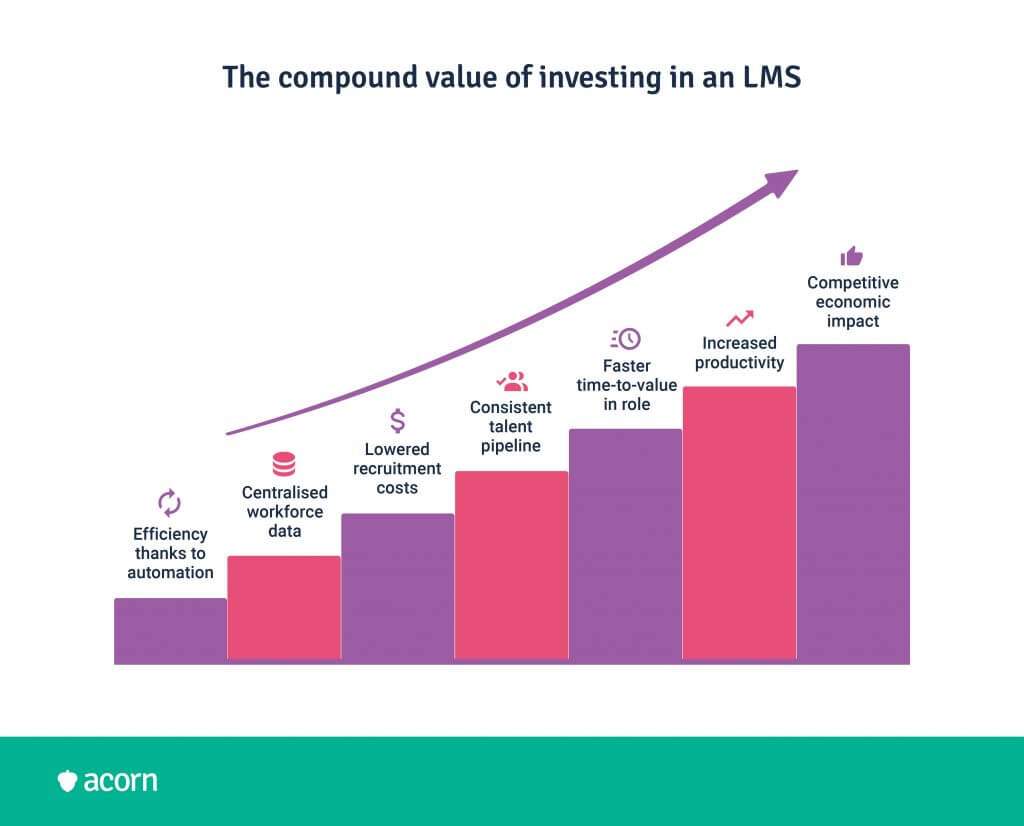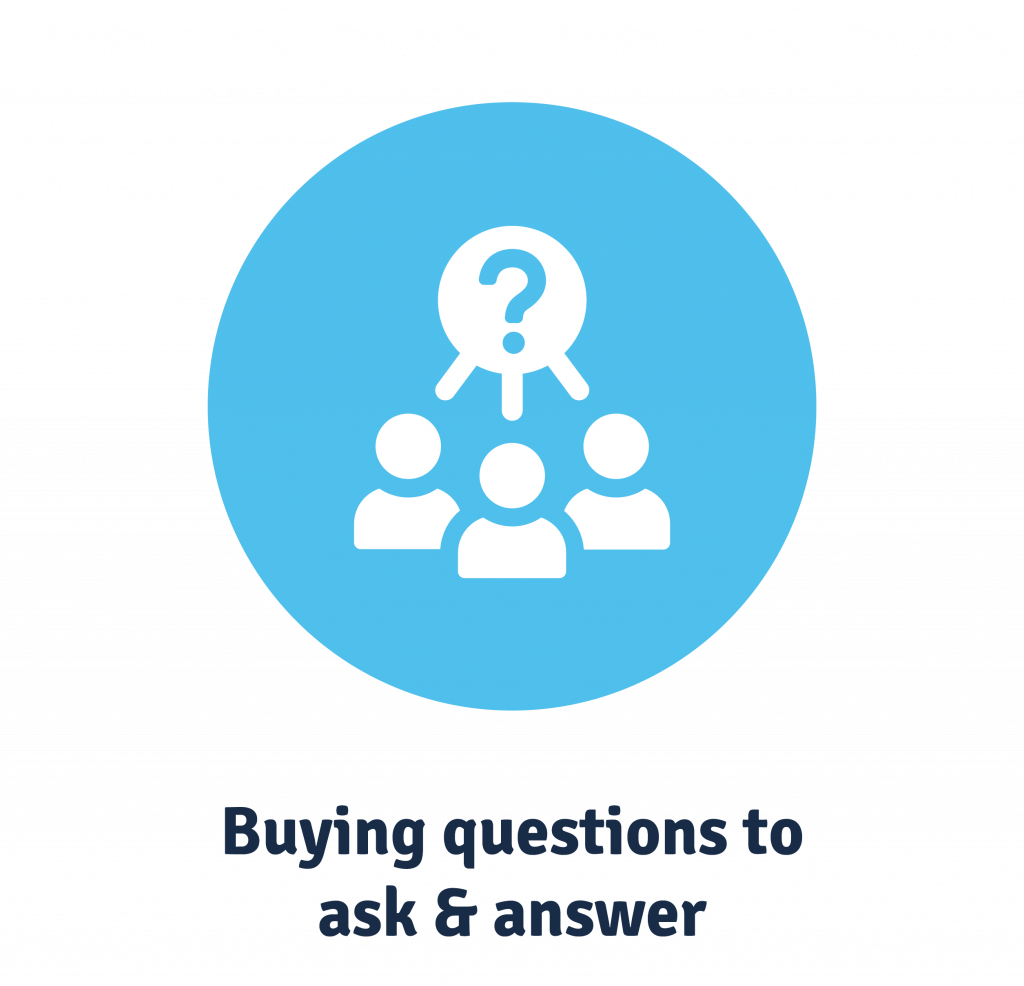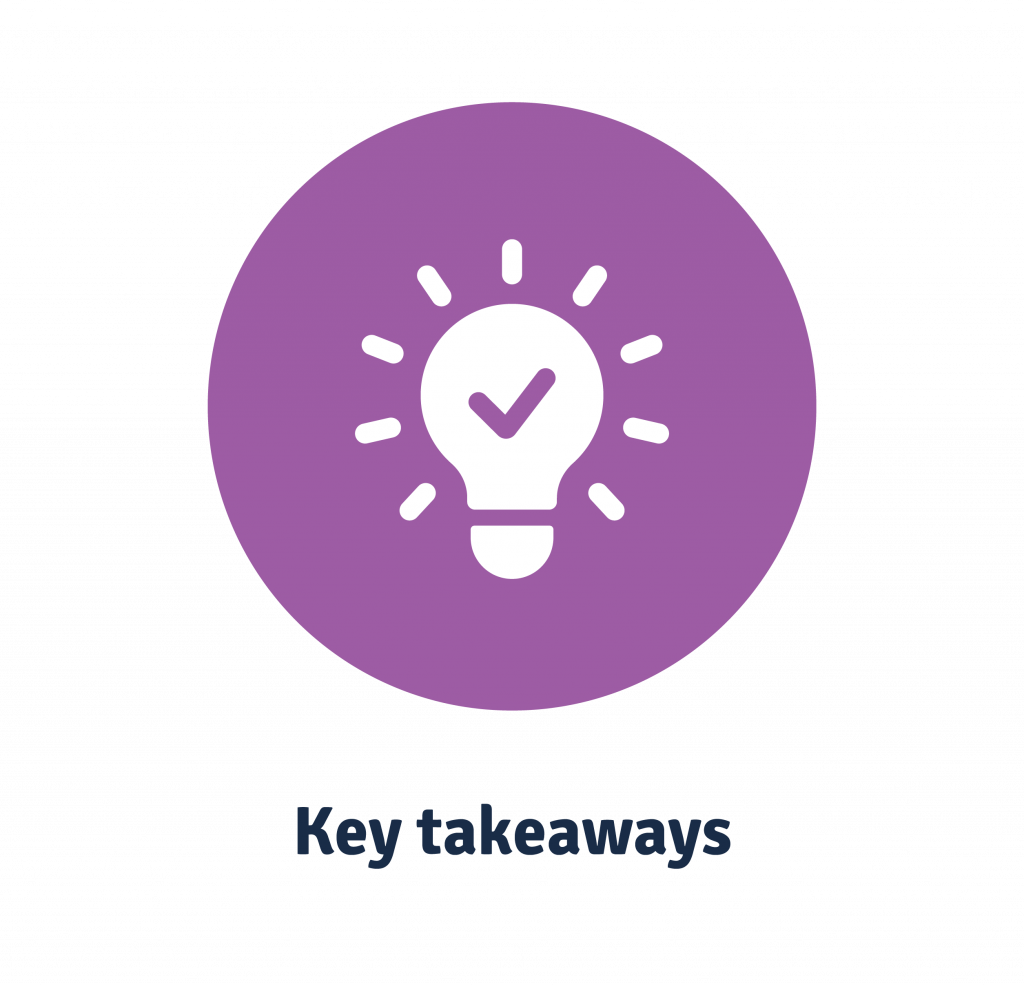At some point, most HR, L&D, and people & culture specialists come to the realisation they need to buy or replace LMS software. That’s the easy part.
Buying LMS software is a nuanced process, least of all because the stakeholders with veto power will having many price-related concerns. The problem comes in the form of creating consensus for a budget and a price (two related but different figures). Your stakeholders (aka department leads) will have questions surrounding the cost of a learning management system and what such a purchase may cost them.
In this article, we’ll discuss the top three questions surrounding buying an LMS, the value to consider in an LMS budget and how to purchase one that’s both cost effective and satisfies every department’s needs.
The LMS buying considerations and questions to ask
Crafting a learning management system budget is as dependent on external factors as it is internal. That’s why you’ll need to ask questions of your buying group before even devising queries for LMS vendors. We’ll start you off.
- Why do we need a learning management system?
- How much does an LMS cost?
- What will the LMS ROI be?
While these are valid questions, they are a little superficial. We’d suggest reframing the concern when answering each question.
1. What is an LMS and why do we need one?
In an organisation that has never used a learning management system before, the first question will be about what exactly it is, quickly followed by why one is needed. For those with LMS experience, the question may likely be, “Why do we need this one?” or “Why do we need it now?”
In either scenario, there are two considerations your buying group is positing.
- What the system in question will do for them
- Why they need the system now.
With that in mind, we’d suggest reframing the eponymous question in order to best answer it.
What is the cost of not making this investment?
An LMS can and will underpin many of the business activities and everyday processes of each department.
Aside from centralising employee training in one location, it creates a hub for internal recruitment, career pathways and succession opportunities, unique and customised content, mandatory and compliance training, and capability assessment and management.
If we lay it out, without an LMS you’d miss the ability to:
- Lessen the burden of internal recruitment, including related costs, time to value (such as when imparting the nuances of workplace culture) and any productivity lost while positions remain vacant.
- Avoid the detrimental impact on deadlines and output that poorly skilled or placed employees will have.
- Create custom online training content and access accredited third party materials.
- Align learning metrics like learner progress with HR tools like competency models as part of capability building.
- Create a central capability and skills marketplace to inform talent decisions, talent mobility and workforce strategies.
All in all, every department loses without an LMS.
2. How much will an LMS cost us?
…”Us”. That’s us in the singular, too, since each business leader involved in the LMS buying process will have their own resourcing constraints to consider.
Department heads also know that any software purchase is not cheap, let alone an enterprise-wide one designed to support lifelong learning. And then there’s the fine print; Legal particularly will want to weed it out, Finance will want to know the ongoing outlay, and IT will want to know what it costs them in time. They might even think that an LMS will draw resources from their departments and force cost-cutting—which ultimately affects their productivity, and in turn affects the organisation’s bottom line.
So, not an easy question to circumnavigate. But we can turn the thinking on its head.
How can an LMS help us optimise our spending?
A certain global pandemic has forced businesses worldwide to lean hard into cost optimisation. Take Gallup’s Employee Experience Framework:

It highlights engagement, performance and development as key areas to focus cost efforts on, because they have the highest yield of productivity.
Sure, employee engagement could be viewed as a KPI for HR by most other departments. But it underpins per-person productivity, and that’s a universal metric of success you can take to department leads.
Procurement now enters the chat. We’re talking about making sustainable business choices and the costs saved over the lifecycle of the LMS. Consider that an LMS can not only better employee performance, but the entire strategic workforce planning cycle.
This impacts both per-person productivity and time-to-value.
- Attracting and hiring new talent can be done through LMS tools and portals. This allows department heads to highlight the capabilities they need, and HR to design job ads that target those gaps. Capability, personality and IQ tests can also be administered in these portals, which means department leads are only interviewing candidates who actually tick the right boxes—saving their time and budget.
- Onboarding equally can be managed through an LMS. Induction materials such as videos, resources and welcome notes can be viewed by new hires online, which means much of the first day can be instead be devoted to educating them on projects.
- The capacity to train, develop and retain staff may need a little extra push to sell. But the cost of cycling through undeveloped and under-skilled employees who are ill-fit for roles can be up to a third of that role’s salary, not to mention is detrimental to departmental productivity, let alone per person.
Budgeting for a particular type of LMS can also be compared to the cost of other administrative systems used by Finance, HR, and Payroll.
When you consider the cost of leasing a system indefinitely, as well as IT providing tech support for personnel and end users, the annual fees for an LMS with admin, technical and user support seems less unreasonable. If all else fails, your organisation will likely utilise or need to create a request for proposal (RFP) for each LMS vendor that will break down the key criteria you are not going to budge on.
3. What will the ROI of the learning management system be?
You likely know that if you can’t forecast an attractive return on investment (ROI), you could come up against even bigger walls when trying to source a training budget in future.
However, as we all know, ROI isn’t easily determined before you even embark on said investment. Even more so, ROI to IT is going to look different to the Legal department’s idea of a successful return.
So, we’d suggest reframing the question to be:
What value will be created from the LMS?
Of course, you want to know the financial returns from a financial investment, but that’s not something you can outlay in the procurement process.
To work around that, you can talk about the problems that an LMS can solve, that would likely go unmitigated without said LMS.
- By upskilling and reskilling current employees, you’re creating clear career pathways for them with the skills you actually need. This makes recruitment cheaper, easier, and ultimately speeds up time-to-value and saves on imparting workplace culture to new hires.
- Up to date and frequent customer training can better your customer service, which you can leverage to increase word of mouth referrals and your reputation. This will lead to new customer or client acquisitions.
- Highly skilled employees, who are constantly reskilling to meet industry changes, give your organisation a competitive economic impact.
- Lowered employee attrition and heightened employee satisfaction. There are many studies that highlight the correlation between eLearning opportunities and employee engagement. Namely, that it demonstrates to employees they are valued in their workplace while giving them the confidence of a shortened time-to-competence period.
Want to see Acorn PLMS in action?
Hit the book a free demo button here, take seconds to fill in your details, and find out how Acorn can help you succeed.
Buying LMS software that’s right for your organisation
The aforementioned RFP is your best friend in building buying consensus. The simplest reason is that it gives every department a chance to raise their issues and flag requirements.
But it also means that you’re clearly outlining every feature and related value the system will provide for you to potential LMS providers.
An exhaustive RFP covers your:
- Learning, project and business goals
- Criteria for project success
- Anticipated scope (including current and future user base)
- Technical requirements
- Critical deadlines
- Desired features and functionality.
On that last point, our ready-to-send RFP template allows you to rank each of those features by importance to your organisation. This is a good way to weed out the features (and associated costs) you don’t need, so you can really zoom in on what will affect the ROI and sustainability of the LMS project.
Why you should use an RFP template
It’s all well and good and incredibly important to create a clear understanding of your LMS requirements internally. This will help you define budgets and how much will be spent where and when.
(As an aside, it’s also an exercise in risk management. When defining your needs, you may find that a learning content management system is what will best suit your needs or realise that you need a quick turnaround on LMS implementation that many vendors can’t provide. Remember that the eLearning industry is vast, and the systems designed for educational institutions won’t serve the same needs as even continuing education.)
But an RFP develops an understanding of those requirements for an LMS provider before you’ve even got the company card out, which becomes the foundation for the life of the project. If issues arise or Finance does an audit, the RFP is the crucial historical document that will support your concerns and likely save you from unexpected fees.

So, what’s the best LMS for your budget?
Budgeting for an LMS is always an enlightening process, if not simply to understand the value it will provide for the fee you pay. And it’s important to draw focus to that value when building consensus for a purchase or comparing learning management systems.
Department leads will always think in terms of investment, but they won’t always understand the surreptitious returns that’ll permeate their teams, productivity and results.
Reframing the question of cost into one of value will also help you make the best purchase for your organisation. This is where an RFP comes in. It gives every department a chance to define the value they want to gain from an LMS purchase, as well as a point of reference for your organisation if ever costs start to balloon beyond what was originally agreed.




